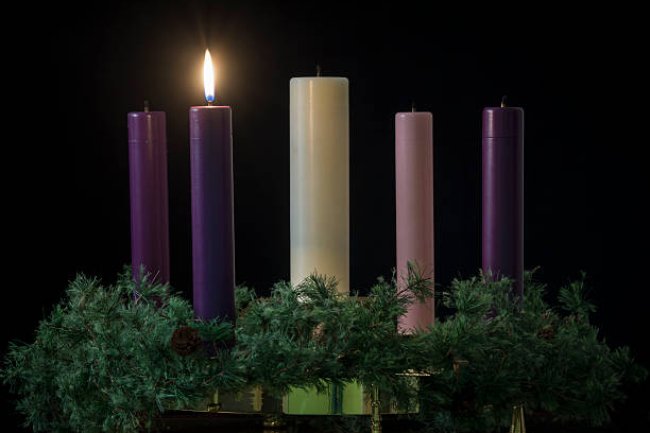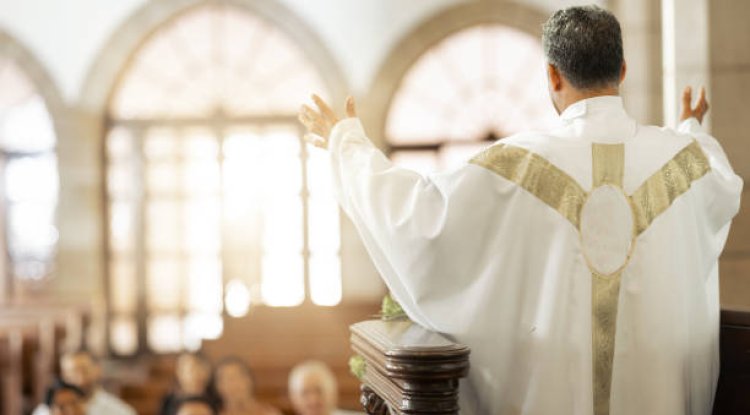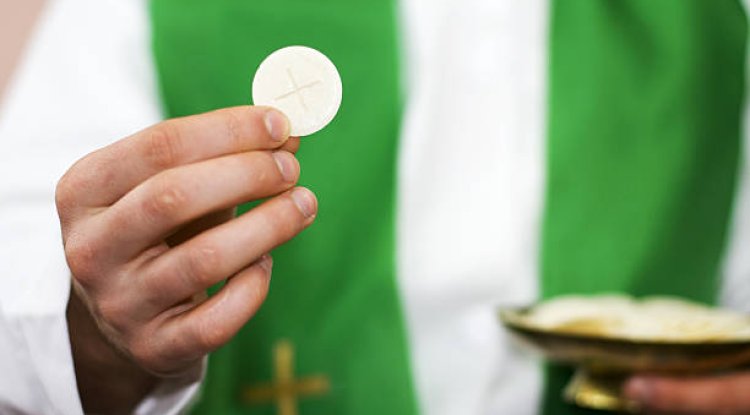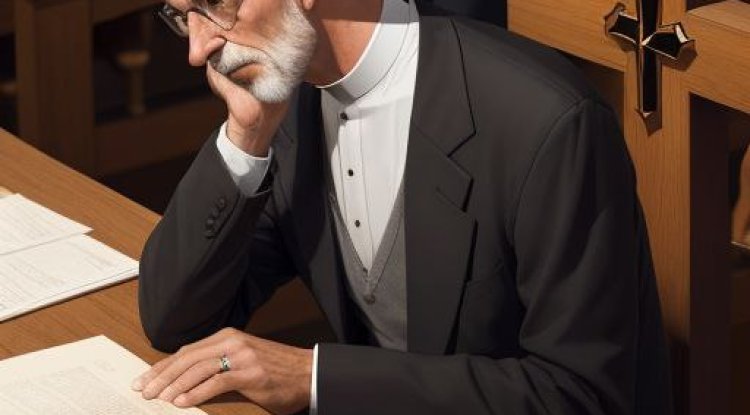THE LIGHT AND THE LAW
HOMILY FOR THE FEAST OF THE PRESENTATION OF THE LORD. Readings: Malachi 3:1-4; Psalm 24; Hebrew 2:14-18 and Luke 2:22-40.

The Feast of the Presentation of the Lord is an ancient celebration in the Church. It is also called Candlemas because, on this day, candles are blessed in many parishes. These candles remind us that Jesus is the Light of the World. The feast is celebrated on February 2, forty days after Christmas. It recalls the day when Mary and Joseph brought Jesus to the Temple in Jerusalem to present Him to God in fulfilment of the Law.
This event is rooted in Jewish tradition. According to the Law of Moses, every firstborn son belonged to God. Jewish parents were to bring their son to the Temple and offer a small sacrifice in thanksgiving. By bringing Jesus to the Temple, Mary and Joseph followed God’s law faithfully. This act shows their humility and obedience to God. The feast celebrates three main ideas. First, Jesus is recognized as the Light of the World, a light for all people. Second, it shows that Jesus came to fulfill the law, not to destroy it. He and His family obeyed the customs of their people. Third, it honors the deep faith of Mary and Joseph, who followed God’s will at every step.
In the first reading, the prophet Malachi announces the Lords coming to the temple and his judgment to the Jewish people, “…and the Lord whom you seek will suddenly come into his temple” (Mal 3:1). These people have been waiting for many years for the Lord to fulfill his promise to come to his temple (Zec. 8:3). The arrival of the Lord will purify and refine, make offerings righteous and pleasing, restoring ancient glory.
His arrival to the temple is also an eschatological (end of time) event that will bring judgment to the guilty and deliverance to the faithful. “But who can endure the day of his coming? And who will stand when he appears?” (v. 2a). These suggest a great ordeal; a trial by fire. The expected answer is that no one can endure; or that very few are prepared for this test. “For he is like a refiner’s fire” (v.2). The image here is of a person refining metal by melting it over a hot fire. As metal melts, pure metal remains at the bottom while impurities float to the top to be drawn off and discarded. A visit to a metal refinery would be educational. Metal refineries are hot, dirty, dangerous places. The process by which metals are purified is uncomfortable at best and deadly at worst.
In a similar way, Luke presents this refining process to us in the Gospel, which is the presentation of Jesus in the temple with two important figures: Simeon and Anna. They have waited their whole lives for this moment, as seen in the first reading. Simeon praises God and calls Jesus a “light for revelation to the Gentiles and the glory to your people Israel” (Lk 2:30-32). This points to Jesus’ mission to save not only Israel but also all nations. With the spirit of hope that never dies.
Anna was a prophetess, an elderly widow who spent her days in the Temple, worshipping God through fasting and prayer. She also recognized Jesus as the Messiah. When she saw Him, she began to give thanks to God and spoke about Jesus to everyone around her. Anna’s joy and faith show her love for God and her understanding that Jesus would bring salvation.
Luke also presents to us some information of Jesus’ childhood. He gave a theological information of this that: Jesus Christ was born a Jew among Jews; He came under the Law of Moses and although, fulfilling the Law in honouring his father and mother (Lk 2:51). However, His ultimate obedience was to His heavenly Father, when he said to His parents, “Why were you searching for me? Did you not know that I must be in my Father’s house? (Lk 2:49).
Furthermore, the presentation is motivated by specific requirements of the Law of Moses. According to Leviticus 12, it speaks of purification of woman after childbirth, that after childbirth, a woman is impure and need sacrifices in the temple for purification. These ceremonies were necessary as a reminder that we are all born in sin (Psalm 51:5). This helps us to reflect on the paradoxical nature of this feast: Jesus, the Redeemer, is presented for redemption, and Mary, pure, presents herself for purification. Christ and Mary could have been excused because they were sinless. Yet, we see in Christ even as a baby, identifying with sinners, as He also later did at baptism and on the cross. For Mary and Joseph, despite their privileges, they were obedient to the Law. Since, the Law tells us that the first born male belong to the Lord, “Consecrate to me all the first born; whatever is the first to open the womb among the Israelites, of human beings and animals, is mine” (Ex. 13:2).
In view of this, Luke alludes to the story of Samuel, when Hannah had no child, she prayed to God for a son and vowed to dedicate the son to the Lord (1Sam. 1:11). Mary in Luke Gospel take the role of Hannah while Jesus takes the role of Samuel. Hence, Luke subtly utters the language of Exodus from the command to consecrate the firstborn to a declaration about Christ the holy one dedicated to the heavenly Father.
In a nutshell, the faith of Simeon and Anna reminds us to watch and wait for God’s work in our lives. They recognized Jesus because they were close to God in prayer and worship. Through them, we see the joy of knowing and serving the Lord, even if it requires patience or a refining process. The Church invites us to remember that Jesus brings light to our lives. Like Simeon and Anna, we are called to recognize Jesus in our world and the place to aid this recognition is also important. We also look to Mary and Joseph as examples of faith and obedience to the Laws of the Lord.
Happy Feast Day to all Consecrated Persons and Happy Sunday.
Fr. Ken Dogbo, OSJ
What's Your Reaction?



















